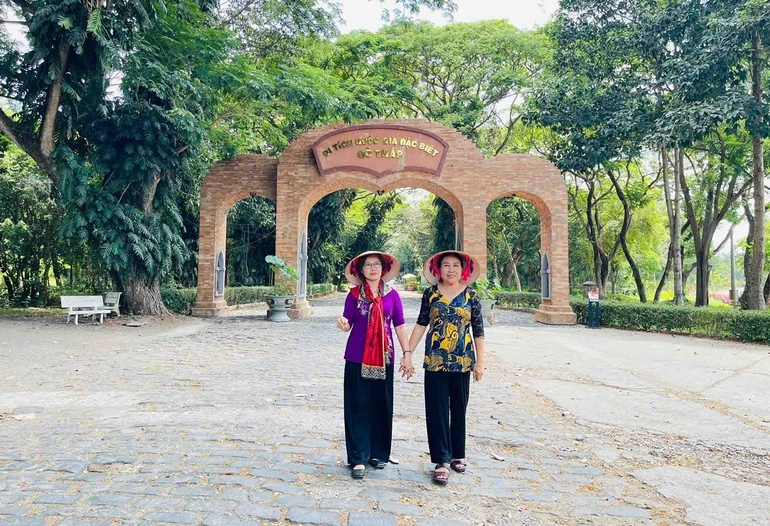 |
| Gate of Go Thap relic site |
When the French army re-invaded, Go Thap became the core of the resistance base of the South. In addition, Go Thap is also an important archaeological site of the Oc Eo culture of the Kingdom of Phu Nam thousands of years ago, and at the same time a spiritual and ecological cultural and tourist destination that attracts many visitors from all over the world.
Lotus scent of Go Thap
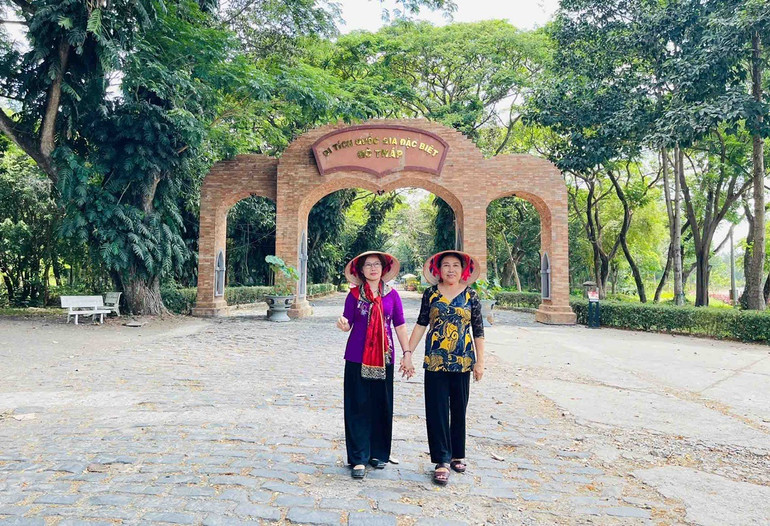
Go Thap and Thang Long Imperial Citadel are the two most important historical and archaeological sites in Vietnam today. Go Thap was ranked as a National Monument by the Ministry of Culture and Information in 1998 and recognized as a Special National Monument by the Prime Minister in 2012, and is aiming for the title of World Cultural Heritage by the United NationsEducational , Scientific and Cultural Organization (UNESCO).
From the center of Ho Chi Minh City, there are many roads to the Go Thap National Special Relic Site. We followed National Highway 1 to Tan An City, Long An Province, then turned to National Highway 62 to Go Thap, located in My Hoa and Tan Kieu communes of Thap Muoi District, Dong Thap Province. Go Thap consists of many small mounds located on a sandy soil area in Dong Thap Muoi area, with an altitude of nearly 8m above sea level. Archaeological data shows that Go Thap is not a natural mound but a very elaborate mound. With a typical image of the landscape of the Southwest region, Go Thap space includes a dense system of canals and a strongly developed forest ecosystem.
Recognizing the significance of the Go Thap relic, since 2005, the leaders of Dong Thap province have zoned off the protection area, established a master plan with a total area of about 300 hectares, later expanded to 320 hectares, including many areas. The central area is where the excavated Oc Eo culture is preserved, including architectural relics, tombs, and covered outdoor exhibition relics. The festival and tourism service cultural area has a lotus tower, restaurants, motels, stages, boat racing and other entertainment facilities. The eco-tourism area extends from the north and southwest, recreating and preserving the ecosystem of wetland animals, building resorts and folk games. The cultural and historical tourism area recreates the past and present images of Go Thap.

In terms of beliefs, in addition to Thap Linh Pagoda and Truc Lam Thap Muoi Zen Monastery, the Go Thap relic site also has a temple to worship Ba Chua Xu, an incarnation of the mother goddess who protected and sheltered settlers since the time of land reclamation and settlement. Initially, the temple was built of bamboo and leaves on a mound with architectural relics of the Oc Eo culture. In 1995, the temple was relocated and rebuilt with reinforced concrete. In 2014, the temple was renovated, with the main hall, left and right wings, gates, and a system of trees and flower beds built to meet the worship and sightseeing needs of the people and tourists.
Every year, along with the full moon day of the 11th lunar month commemorating two national heroes, Thien Ho Vo Duy Duong and Doc Binh Nguyen Tan Kieu, the Lady of the Land's Festival on the full moon day of the 3rd lunar month in Go Thap is truly two big festivals imbued with folk culture with dance performances, games, amateur music, ball dancing, cuisine, exhibitions... Coming here once to bathe in the festival amidst the fragrant lotus scent, we feel like we are living in the heroic spirit and faith of our ancestors during the time of reclaiming the land and fighting against foreign invaders to protect every inch of land for the Lac Hong lineage.
Unique Oc Eo cultural site of the Kingdom of Phu Nam
In the late 19th century to early 20th century, French archaeologists came to Go Thap of Dong Thap Muoi to study. The first person was Silvestre, an inspector who came here in 1869. Next was scholar Lajonquière. Later, around 1930-1940, scientists H. Parmentier, JY Claeys, L. Malleret. They successively explored, explored, and discovered many traces of bricks, tiles, statues, stone steles, ancient architecture, and ancient texts carved on stone. From the initial research results, they came to the conclusion that Go Thap was an important religious center of the Kingdom of Phu Nam nearly 1,500 years ago.
In 1983, Vietnamese archaeologists in collaboration with the local cultural sector began to explore, survey, investigate and then conduct many excavations of the Go Thap relic site. From 1984 to 1998, the Institute of Social Sciences in Ho Chi Minh City, later renamed the Institute of Social Sciences of the Southern Region, in collaboration with the Department of Culture and Information of Dong Thap province, conducted the first exploration and excavation, discovering religious temples, Buddha statues, Hindu statues made of brick and stone, along with more than 300 pieces of gold, precious stones, and glass with drawings depicting divine images.
Researchers have identified this as an archaeological site belonging to the Oc Eo culture in the South, including architectural works that are temples to worship Hindu gods.
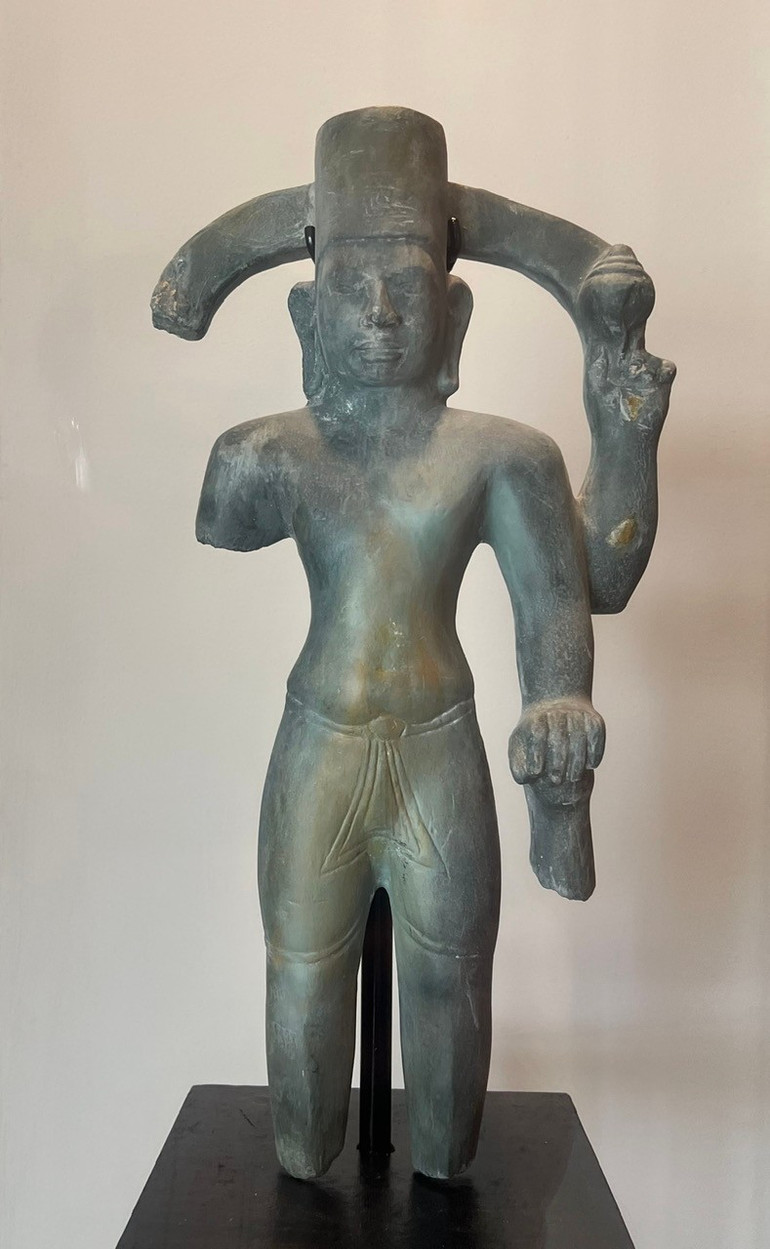
Each excavation has discovered many valuable relics, bringing new awareness and clearer evidence of the origin and position of the Go Thap relic. Recently, in the 4th excavation in 2021 in Go Thap, conducted by the Department of Culture - Sports and Tourism of Dong Thap province in coordination with the Institute of Archaeology, 17 more relics were discovered, including: Tilted brick strips, architectural brick floors, architectural brick walls, wooden columns, column pits and brick strips. In addition, many relics of many types were discovered, such as bricks, stones, terracotta pottery, glazed pottery, plaster pieces, etc., contributing a large number of real historical materials to the research work.
Among the stone steles bearing content reflecting the Kingdom of Funan, there is a stele (symbol K5) dated by scientists to the 5th century, with the content of the stele imbued with the Hindu spirit and stating that this was the swamp area conquered by King Funan Jayavarman and then appointed to his son Gunavarman to rule.
Up to now, the Go Thap relic site has large traces from the Oc Eo cultural archaeological sites including more than 10 temples with two types: roofed temples and open-air temples without roofs.
According to the research results of Associate Professor, Dr. Dang Van Thang, the open-air temples without roofs are simple brick temples, with a boundary pillar in the center built underground, inside there is gold engraved with images of gods, such as the Sun God Temple south of Linh Pagoda, Vishnu Temple Go Thap Muoi, Shiva Temple Go Minh Su, Sun God Temple Go Ba Chua Xu. The roofed temples are built with bricks and mortar made of clay mixed with fine sand, on top of which are placed stone statues of Hindu gods, such as Vishnu Temple Go Thap Muoi, Shiva Temple Go Minh Su...
Among the Oc Eo cultural artifacts discovered, there are two Vishnu statues that have been recognized as National Treasures by the Prime Minister. On July 15, 1998, archaeologists found these two intact small statues while excavating the Go Thap Muoi relic. Vishnu is the god of preservation, one of the three most important gods of Hinduism, considered as "the god who covers all". The two statues are artifacts of special historical and cultural value and are the most convincing scientific basis for archaeologists to determine that the ancient architectural relic of Go Thap Muoi is a temple of Vishnu belonging to the Oc Eo culture of the ancient Kingdom of Phu Nam, not just a tomb as previously thought.
The Vishnu Temple was built, restored, embellished and used for religious and festival life by the ancient people of Phu Nam for a long time, from the 2nd to the 12th century. Around the Vishnu Temple in Go Thap Muoi, archaeologists also found many other relics, such as the God Pond, the festival yard in front of the temple and the roads around the temple. Of the four God Pond structures discovered in Go Thap, three God Ponds are located around Go Thap Muoi. According to researcher Vo Thi Huynh Nhu, the God Pond is a common structure in Hindu architecture, used to store water for daily life and religious ceremonies.
In our country, the Holy Ponds have been discovered in Long An and Tay Ninh, but they are in the form of water ponds dug deep into the ground, and there are no structures built with bricks or with solid structures like the Holy Ponds in Go Thap. “For Hindus, water, specifically sacred water, is an important element that helps them to contact the divine world. Before performing the ceremony, believers need water to wash away the dirt of the world, so that people can step over the fences to the land of the gods,” researcher Vo Thi Huynh Nhu said in the article Holy Ponds in Go Thap .
Geologists have determined that during the late Holocene period, from about 3,000 years ago to the present day, there was a small-scale sea level rise in the Southern Delta. This was the Holocene IV sea level rise from about the 4th century to the mid-12th century, and in the mid-7th century the average water level was 0.8m. Actual results at Go Thap show that the surface of the architectural relics appearing in the excavation pits were covered with a layer of white sea sand 10-25cm thick. Sea level rise was one of the main causes leading to the decline and collapse of the Kingdom of Phu Nam and the Oc Eo culture.
From the past heritage, the Go Thap National Special Relic Site today converges three types: architectural relics, residential relics and burial relics. The archaeological results have become extremely important indicators of the historical, political, social, religious, economic and artistic aspects of the brilliant civilization of the Kingdom of Phu Nam for thousands of years./.
Source: https://baobackan.vn/go-thap-tang-tang-van-hoa-lop-lop-khi-thieng-post70639.html



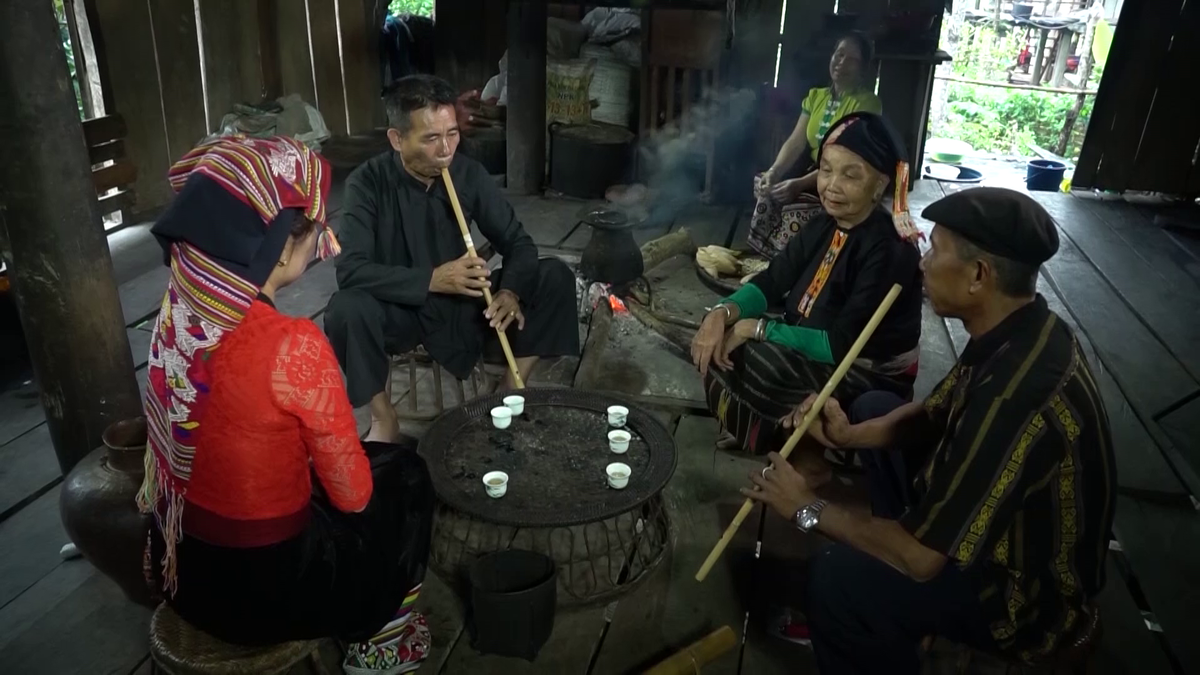

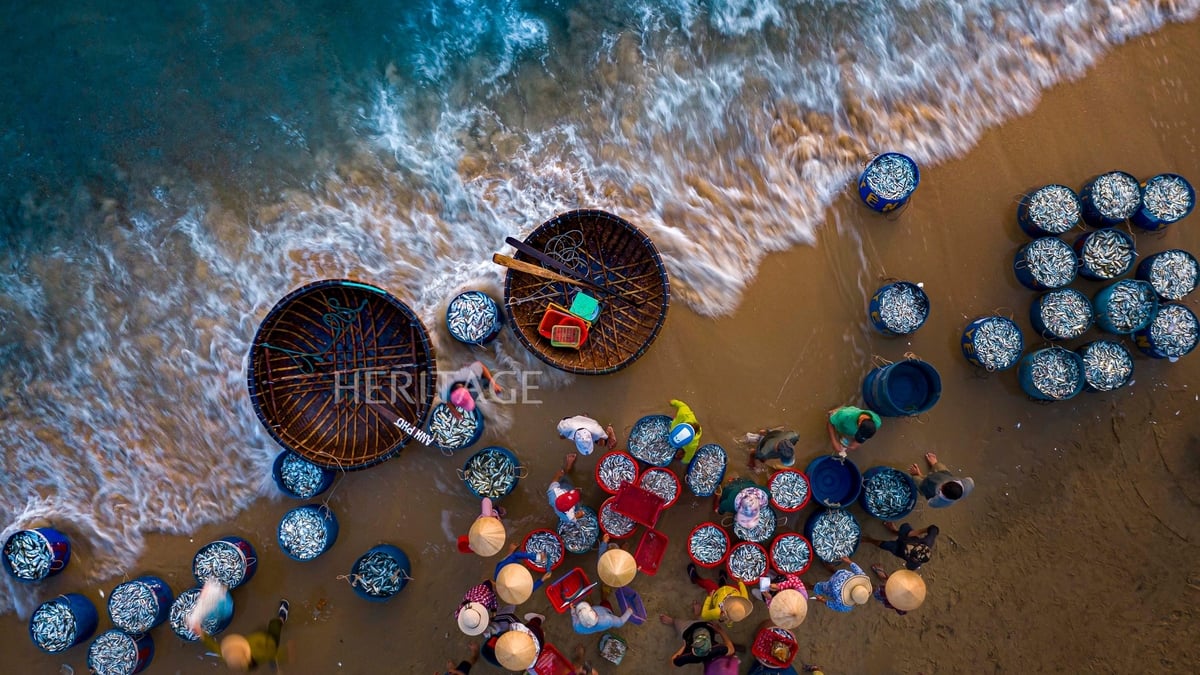

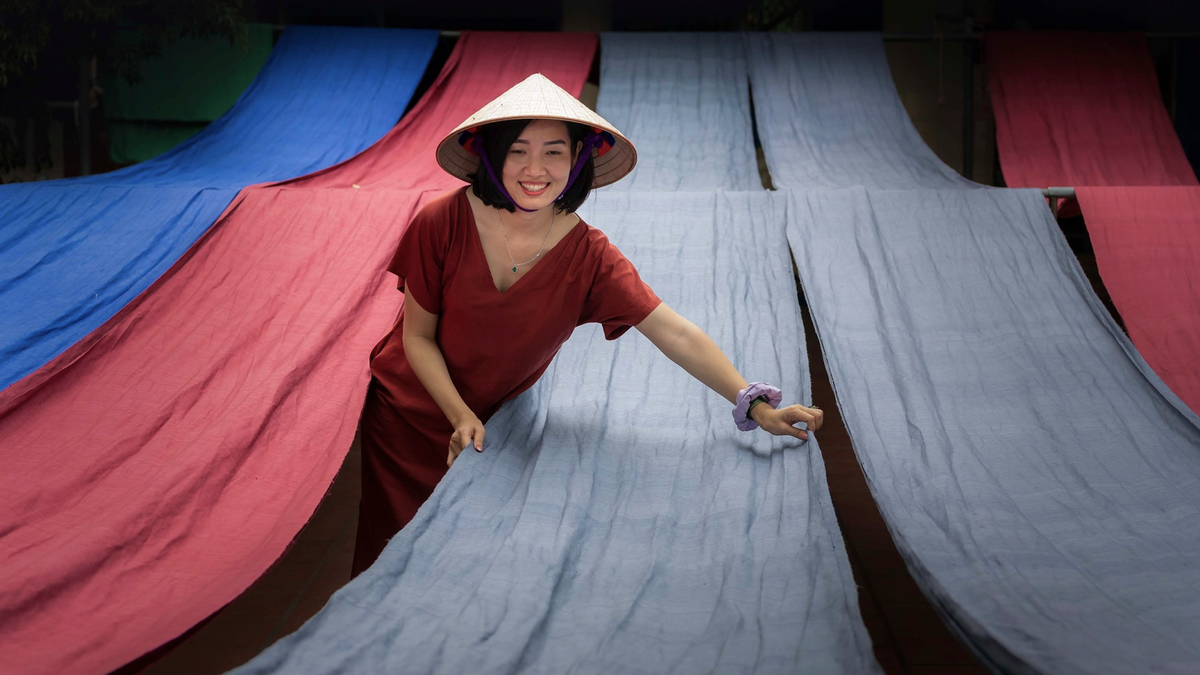
![[Infographic] Unique traditional festivals in Dong Nai](https://vphoto.vietnam.vn/thumb/402x226/vietnam/resource/IMAGE/2025/7/2/529dd451b2b6437dbb553afe859968cd)










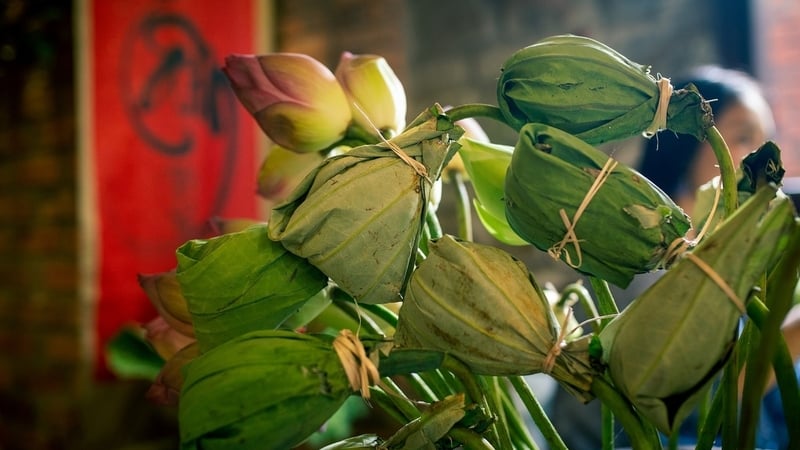




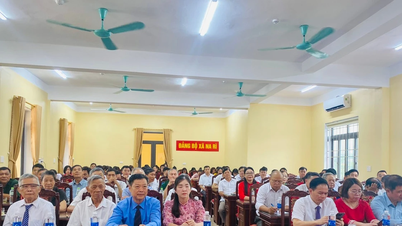
![[Updated news] Ceremony to announce the merger of provincial and communal administrative units in Thai Nguyen - Bac Kan](https://vphoto.vietnam.vn/thumb/402x226/vietnam/resource/IMAGE/2025/6/30/0de85cb56da843d897e30016b57b1412)








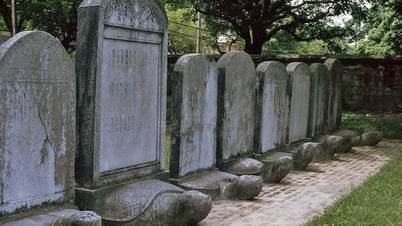

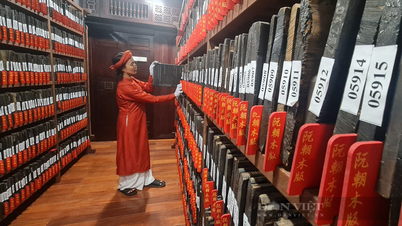



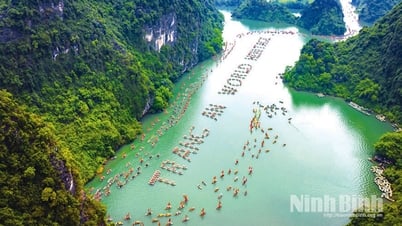





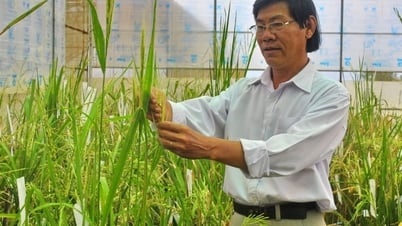



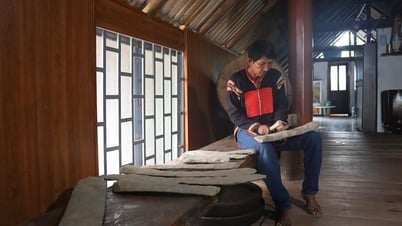

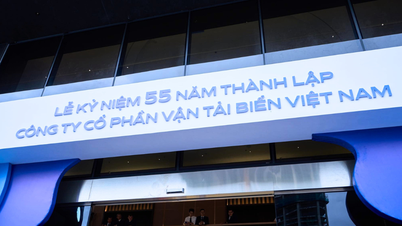










![[Photo] General Secretary To Lam attends the launch of 3 digital platforms serving the implementation of Resolution No. 57-NQ/TW](https://vphoto.vietnam.vn/thumb/402x226/vietnam/resource/IMAGE/2025/7/2/d7fb7a42b2c74ffbb1da1124c24d41d3)


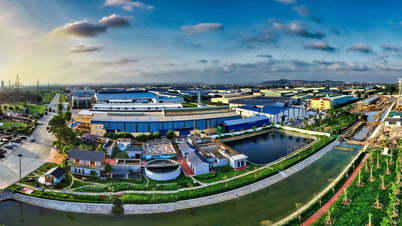



























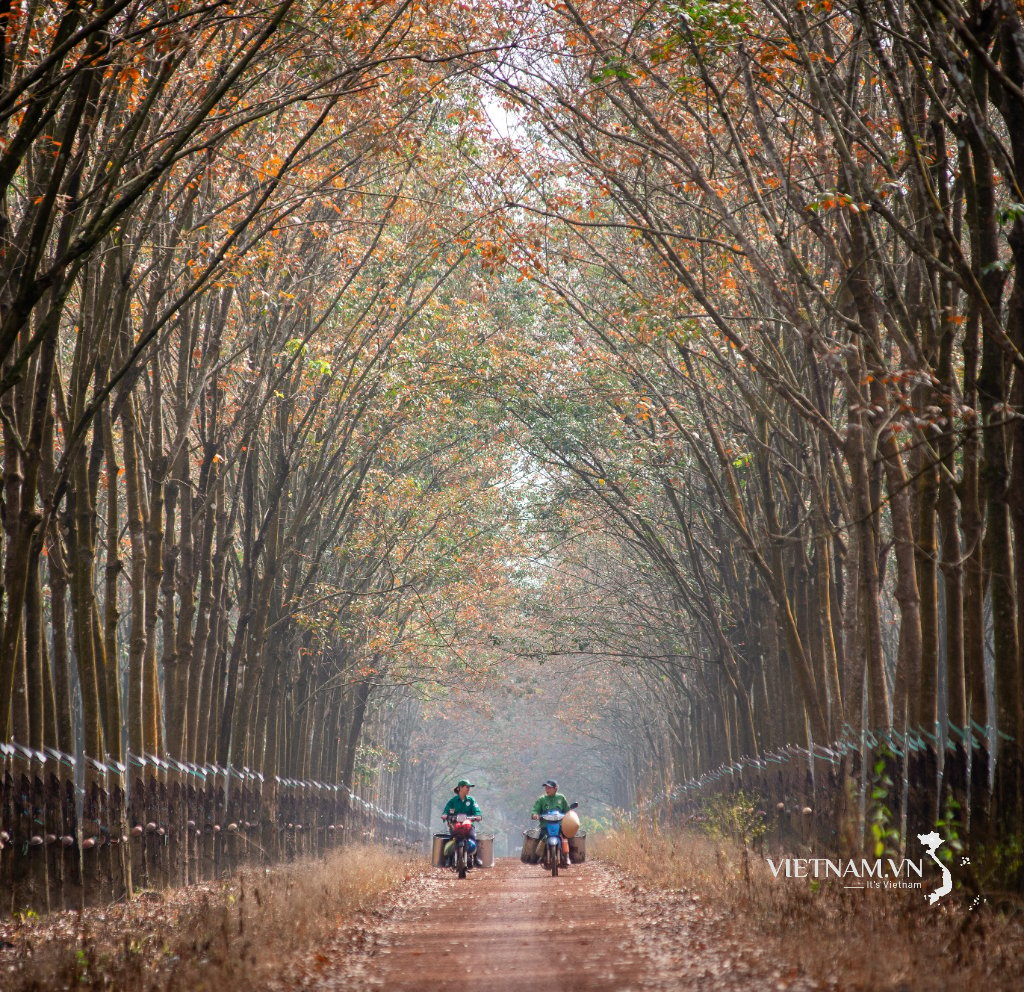
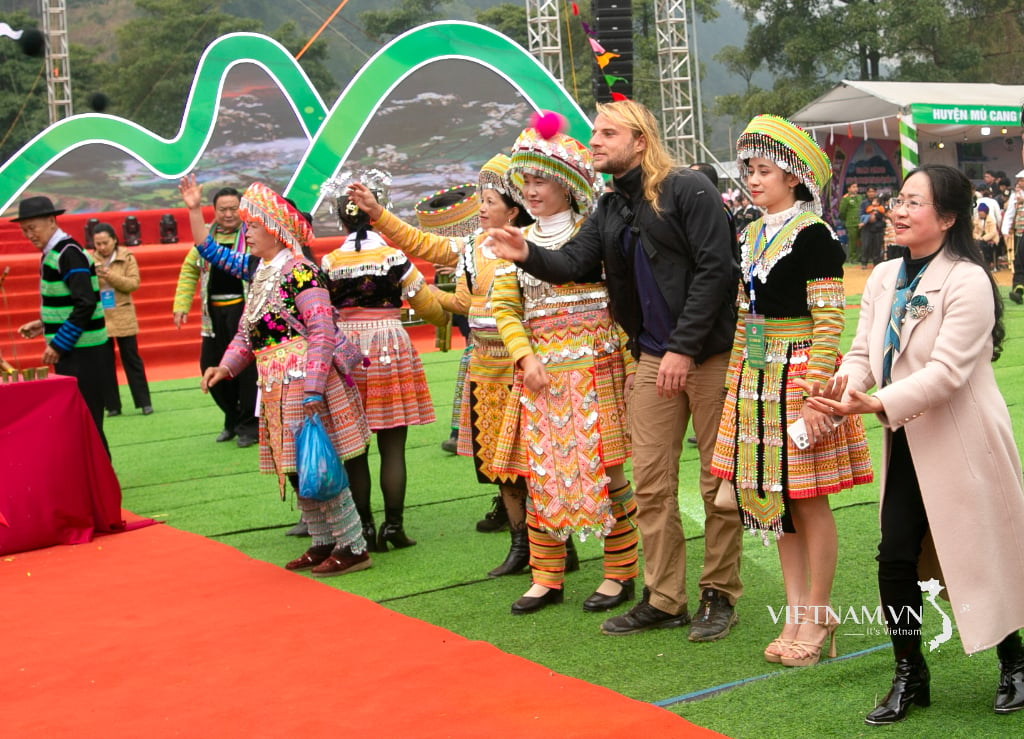
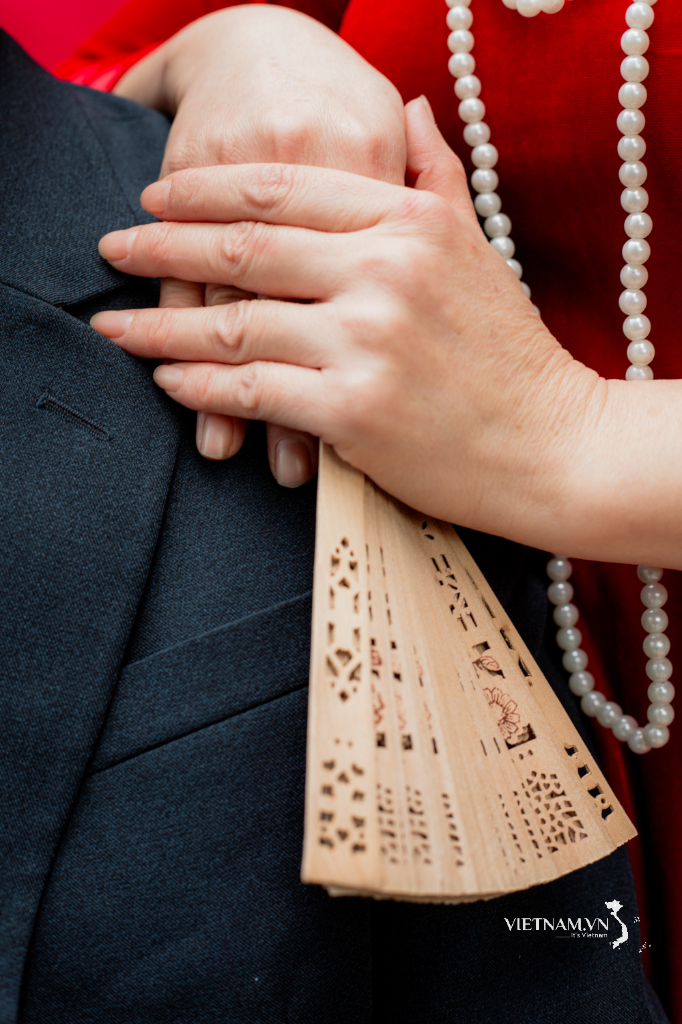

Comment (0)